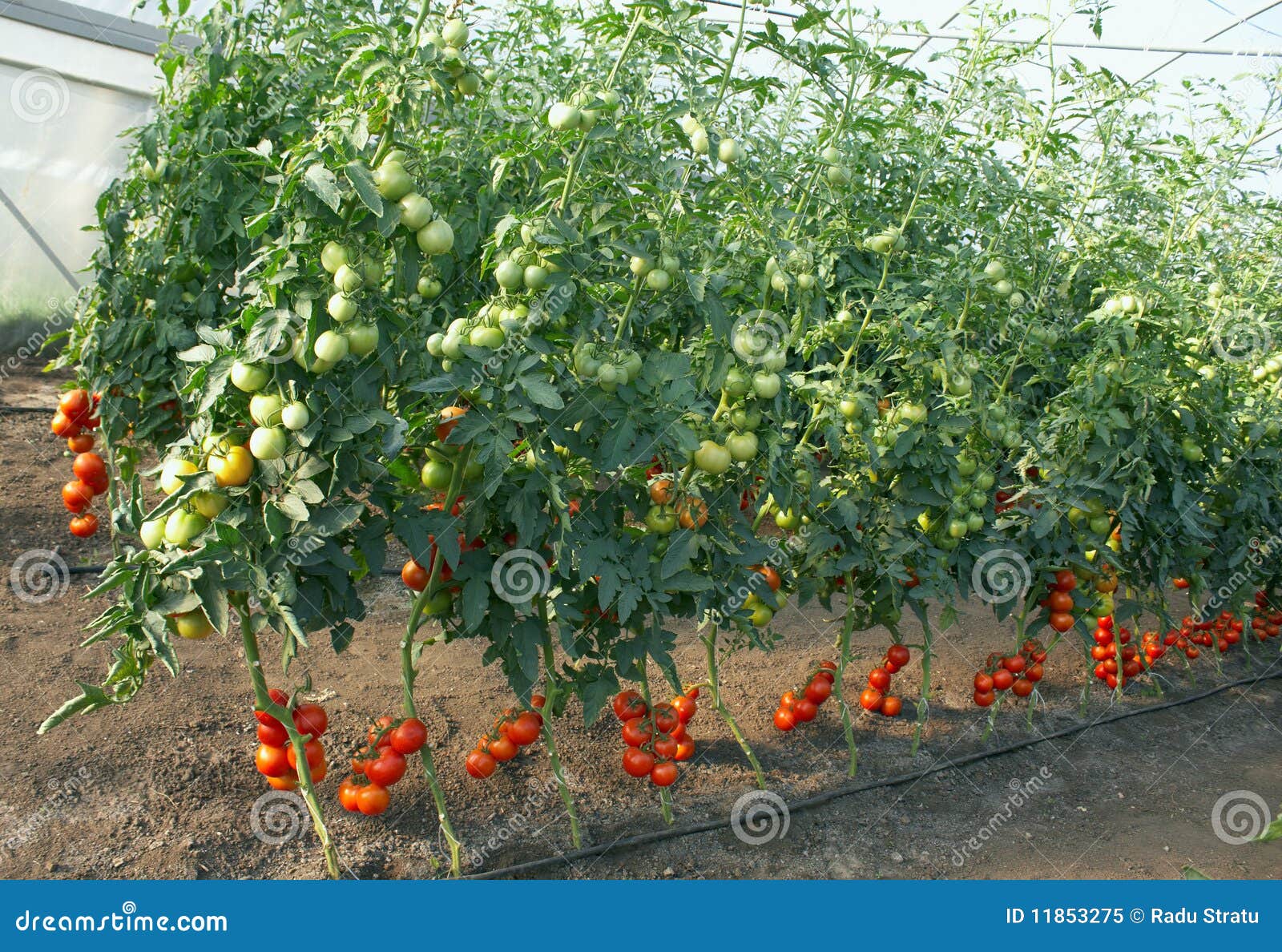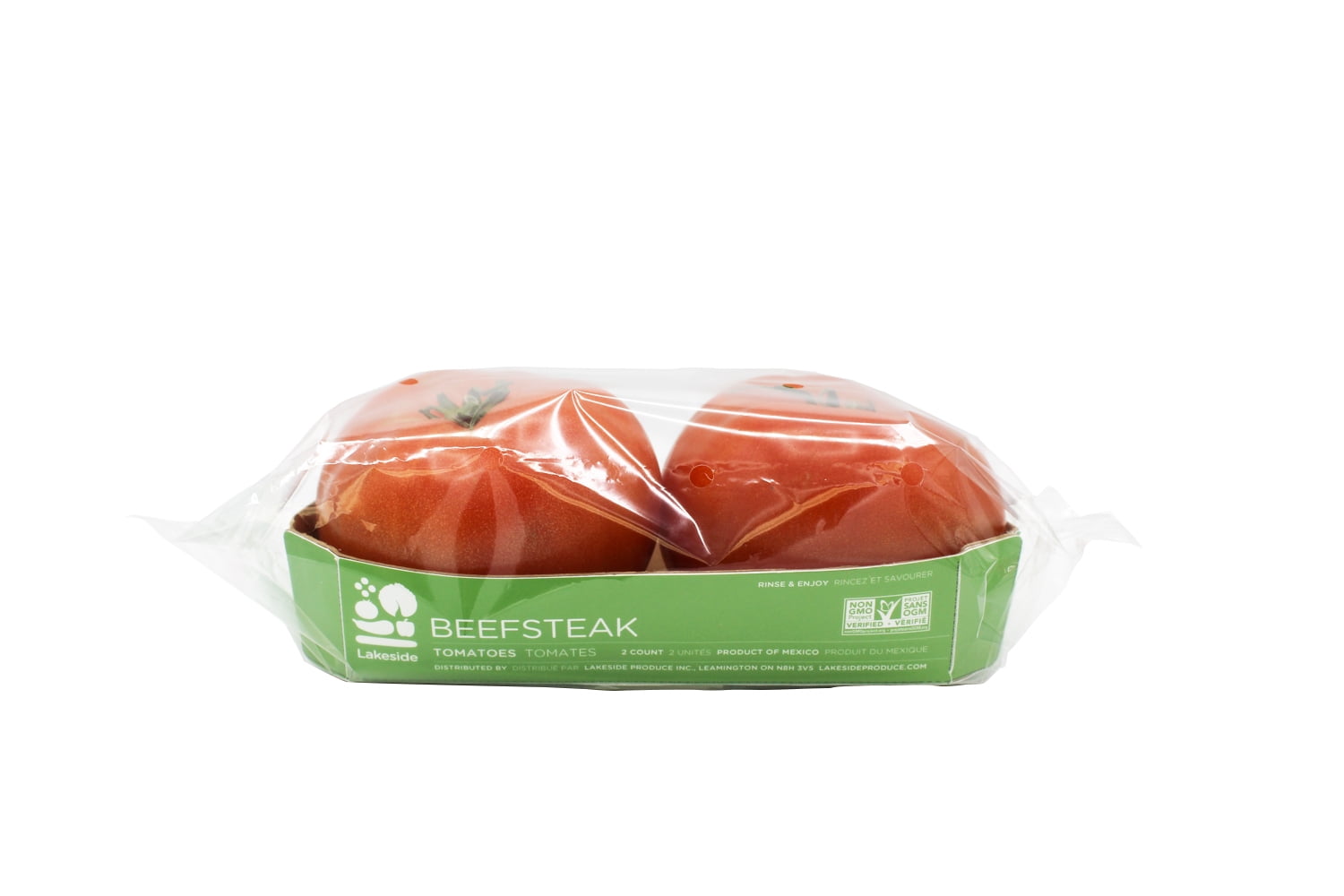Table Of Content
- Sungold
- Do field tomatoes work for high tunnels?
- Tell us: Is it ever OK to gather fruit from someone else’s tree?
- Whether heirlooms or hybrids, tomatoes from your home garden taste best.
- Step 5: Creating a Top Using Plastic Wrap
- This Storybook cottage’s native plant wonderland shows how gorgeous no grass can be
- from the Field for the Tunnel

This dual-purpose field/greenhouse selection combines an early and high yield potential with vigorous legs fit for the long run — any way you grow it. 'Pozzano' has high resistance (HR) to Fusarium wilt (F) races 1 and 2, tomato mosaic virus (ToMV), and Verticillium wilt (W). It's got an early and high yield potential, along with Old World, meaty but moist gusto in the cucina. The first commercial variety available from independent breeder EarthWork Seeds, 'Damsel' is a popular organic pink variety for growing in tunnels. It has high resistance (HR) to late blight (LB), nematodes (N), and Verticillium wilt (V), but with outstanding, heirloom-like flavor. They have a sweet flavor and are low in acid, which makes them a great candidate for pasta sauces.
Sungold
The tastiest tomatoes to grow according to green thumbs across Canada - CBC.ca
The tastiest tomatoes to grow according to green thumbs across Canada.
Posted: Wed, 19 Apr 2023 07:00:00 GMT [source]
Our mission is to make gardening fun and accessible for everyone, and our vision is to create a world where everyone has access to healthy, beautiful gardens. We believe that gardening is one of the best ways to get in touch with nature, and we're committed to helping people enjoy all the benefits that come with it. Whether you're a beginner or an expert, Green Packs has something for you. Hothouse tomatoes are versatile and can be used in a wide range of culinary applications, including fresh in salads, sliced for sandwiches, roasted for sauces, or blended into soups. It's generally a good practice for growers to have familiarity with how a variety likes to grow outside before scaling up with it indoors. These tomatoes are best eaten raw, so slice a few up for BLTs or try them in salads.
Do field tomatoes work for high tunnels?
These tomatoes are grown using a hydroponic system, which means they are not planted in soil, but instead, their roots are directly submerged in nutrient-rich water. This method allows for year-round production of tomatoes, regardless of the season or climate. Studies suggest greenhouse building materials may block or dilute ultraviolet rays from the sun, leading to smaller fruit size, lack of flavor, tougher skins, and harder fruits. While some growers harvest rainwater for watering their plants, municipal water sources contain additives that may alter the flavor and texture of greenhouse grown crops. Hothouse tomatoes are grown in a controlled environment without unpredictable fluctuations. A lot of attention is paid to hygiene to eliminate many of the fungal and bacterial diseases that affect tomatoes.
Tell us: Is it ever OK to gather fruit from someone else’s tree?

The main con of growing tomatoes in a greenhouse is the significant amount of maintenance that is required. Greenhouses must be kept clean and free of pests in order to produce healthy plants. Additionally, the crops must be regularly watered and fertilized in order to achieve optimum growth.
‘There will be fewer British tomatoes on the shelves’: soaring energy costs force growers to quit - The Guardian
‘There will be fewer British tomatoes on the shelves’: soaring energy costs force growers to quit.
Posted: Wed, 12 Apr 2023 07:00:00 GMT [source]
Hothouse tomatoes have an improved quality and flavor compared to garden tomatoes due to the controlled environment in which they are grown. When selecting hot house tomatoes, it’s important to look for a deep red color with no signs of greening or blemishes. Avoid any fruits with soft spots or bruises as these will not last long once picked from the vine. Yes, there are several varieties of hothouse tomatoes, each with its own unique characteristics, such as size, color, and flavor. Some popular hothouse tomato varieties include beefsteak, cherry, grape, and plum tomatoes.
Still, for most varieties, it seems nature has a secret ingredient yet to be discovered. Most home gardeners consider tomatoes a summer crop, but these days they're available year-round largely due to hothouses. Growing fruits and vegetables off-season in a heated greenhouse is a standard practice among commercial growers with varying degrees of success. Hothouse tomatoes, despite dozens of trials and tests, continue to fall short of garden-grown flavor and texture.
Want a bumper crop of tomatoes? Listen to this guy
You can add a little more of any one thing and it won’t ruin your dish, it might even help it. As you know, Italians rarely measure and they come up with some pretty awesome dishes, so get creative. You could add mushrooms, or some other vegetable like broccoli, asparagus or swiss chard, or swap out the garlic for onions or leeks. Whatever you choose, trust me, any store-bought tomatoes can be made better with sweet carrots.
This Storybook cottage’s native plant wonderland shows how gorgeous no grass can be
Once ripe, they can be stored in the refrigerator to prolong their shelf life. It’s important to avoid storing tomatoes in direct sunlight, as this can cause them to spoil more quickly. One of the few tomatoes we carry that features gray leaf spot (GLS) resistance, 'Big Beef' also has high resistance (HR) to Fusarium (F). Pear tomatoes, much like cherry and grape tomatoes, are tiny and sweet. This varietal has thin skin, which makes it great for salads and snacking. While these tomatoes are commonly seen with red skin, you’ll also find yellow and orange pear tomatoes at your local farmers market or grocer.
It’s really easy to move or remove the plastic from the cages since it’s just clipped with clothespins. If we experiencing some warm days (close to 80F – although it’s rare!) I pull the plastic up a bit to allow more airflow at the base of the plants, like you see in some of these pictures. On cooler days, I pull it down so it’s resting just above the soil line. They are most ideal to use when temps are regularly below the ideal range for your plants. In most regions, this would be during spring, possibly early summer and fall. Once summertime temps begin warming up, remove the plastic to avoid burning or drying out your plants too much.

Bees are provided shelter and food to keep them working comfortably inside the heated greenhouse. These water-based systems require a substantial capital investment, good management skills, and advanced horticultural know-how. Learn the basics of hothouse tomatoes, how they're grown, and how they differ from garden tomatoes below.
Farmers utilize various methods to effectively control diseases and pests in hothouses, ensuring the health and productivity of their tomato plants. One way to make hot house tomatoes taste good is to roast them in the oven with olive oil and seasonings. This will concentrate thir flavor and draw most of the water out, making them more flavorful. Firstly, their availability throughout the year makes them a convenient option for consumers who want to enjoy fresh tomatoes even during the off-season. Consider your source of supplemental light if you are trying to achieve fruit during winter and late fall when days are short. This likely entails LED growing lights, but multiple types of lights are available.
Consider the pros and cons discussed above when deciding whether to opt for hot house tomatoes or wait for the seasonal bounty of summer. Yes, hot house tomatoes typically have a longer shelf life compared to field-grown tomatoes due to the controlled growing conditions. This can be advantageous for consumers and retailers, as it allows for better handling and storage without compromising the quality of the tomatoes. While flavor and texture fall somewhat short of seasonal, garden-grown tomatoes, hothouse tomatoes are superior in both texture and taste to tomatoes that were stored for winter use. Those tomatoes are hybrids developed for improved storage quality and long-distance shipping, and they tend to be less appealing in taste and texture. Hothouse tomatoes are cultivated, ripened, and harvested in a temperature-controlled, indoor environment during the off-season when weather conditions don't allow planting outdoors.
With their sustainable farming practices, hothouses play a crucial role in meeting the demand for fresh tomatoes while minimizing the environmental impact of traditional farming methods. If you live in a southern state, it's possible to plant in summer and harvest in the fall through winter and the following spring. Hot house tomatoes can be grown using organic methods, but not all hot house tomatoes are labeled as organic. It’s important to check the packaging or inquire with the retailer to determine if the hot house tomatoes are organic. A hothouse is an artificially-heated greenhouse used to grow perennial plants that can't survive harsh weather.

No comments:
Post a Comment